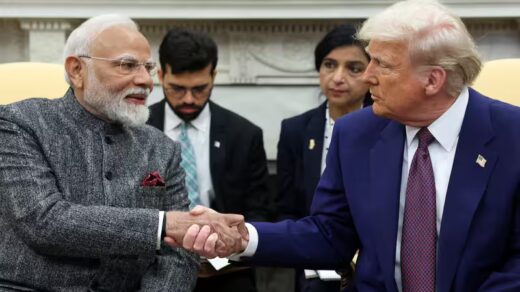
Minnesota’s rich cultural tapestry is woven with the vibrant histories of various tribal communities but is often relegated to the past in the classroom curriculum, leaving young students with an incomplete understanding of Native American communities’ enduring presence. In a bid to rewrite this narrative and shine a spotlight on the vibrant presence of Minnesota’s tribes, the Shakopee Mdewakanton Sioux Community initiated the “Understand Native Minnesota” campaign, in October 2019, aiming to provide educators with the tools to convey the stories of the Native community in the present tense.
Central to the campaign is the distribution of the book “Voices From Pejuhutazizi: Dakota Stories and Storytellers.” Authored by Teresa Peterson and her uncle Walter “Super” LaBatte Jr., this collection of stories spans five generations of a Minnesota family, offering an authentic look into their Dakota heritage. Through vivid storytelling, Peterson and LaBatte breathe life into the narratives of their ancestors, capturing the essence of their shared history.
The Shakopee Mdewakanton Sioux Community has played a pivotal role in this campaign by offering 10,000 free copies of “Voices From Pejuhutazizi” to Minnesota teachers. Within a mere six hours, every copy of the book was claimed, underscoring the demand for more comprehensive and authentic Native American stories in classrooms and prompting the campaign to expand its outreach with another 10,000 free copies.
LaBatte, an artist and storyteller hailing from a long line of storytellers, emphasized the importance of Native people telling their own stories: “In the past, it’s always been white men telling our stories. Now we’re telling our own.” The initiative is about reclamation—reclaiming their narratives, their culture, and their voice.
The heart of this story lies in Pejuhutazizi Kapi, which translates to “the place where they dig the yellow medicine.” This is the traditional name for the bitter root of the moonseed vine, which served as a Dakota remedy for Native Americans. The stories unfurl in what is now known as western Minnesota’s Yellow Medicine County, in the community of the Upper Sioux.
The stories shared in “Voices From Pejuhutazizi” delve into the past while allowing the present to infuse them with meaning. These narratives capture the resilience, courage, and everyday lives of those who came before. For instance, LaBatte’s great-great-grandmother, Her Dragonfly Shawl Woman, who witnessed the U.S.-Dakota War as a young girl, passed down stories of her bravery through this book. She once ran through a hail of Army bullets to retrieve a bag of ammunition during an attack on their camp.
LaBatte’s journey in preserving his heritage has deep roots. He recalls listening to elders’ stories during his childhood without realizing the significance they would later hold. “These stories, they don’t come from Granite Falls or Yellow Medicine County,” LaBatte noted. “They come from Pejuhutazizi.”
With the “Understand Native Minnesota” campaign and “Voices From Pejuhutazizi,” Native communities in Minnesota are taking an active role in reshaping their narrative. These efforts go beyond textbooks and Hollywood stereotypes, seeking to depict the present lives of Native people, preserving their history and traditions for generations to come. The campaign not only provides educators with valuable resources but also fosters a deeper understanding of the living cultures that make up the rich tapestry of Minnesota’s history.
Written by Ava LeFevre


